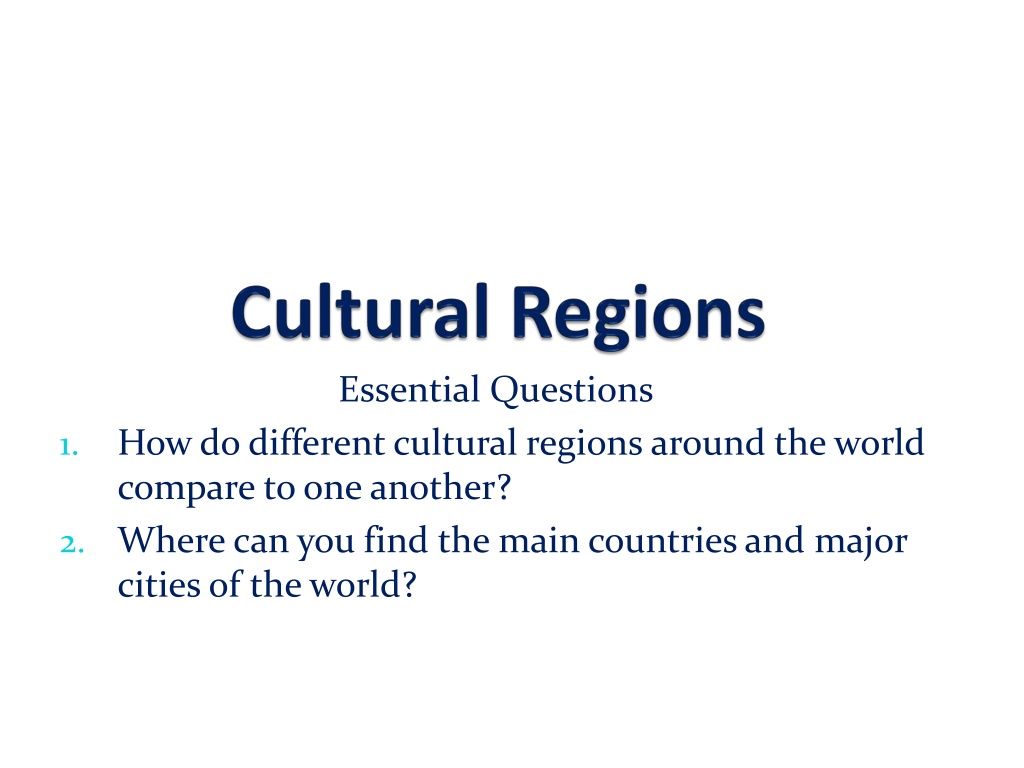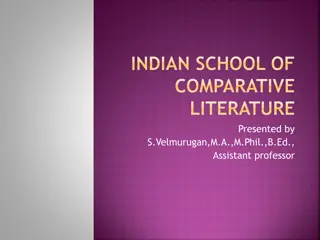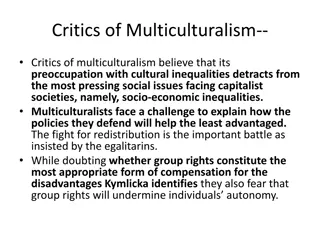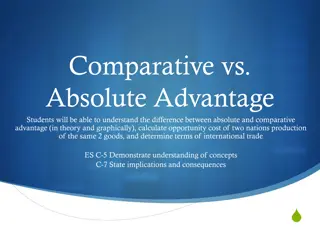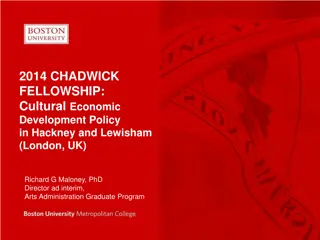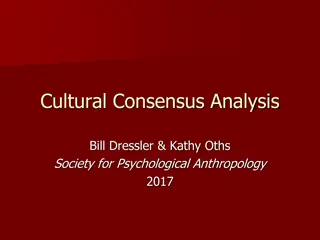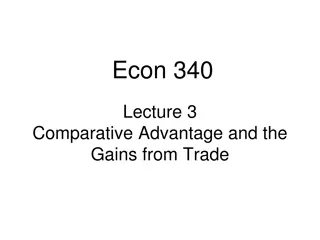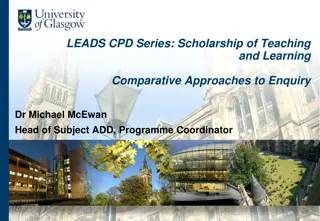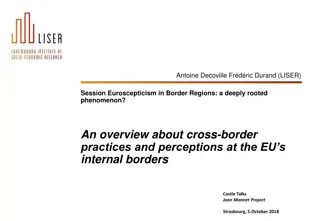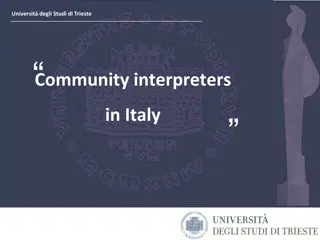A Comparative Overview of World Cultural Regions
Explore the various types of cultural regions and their characteristics around the world, including North America, Latin America, the Middle East, Sub-Saharan Africa, and Europe. Discover how these regions differ in terms of language, religious beliefs, customs, and art forms, providing insight into the diverse cultural landscapes across the globe.
Download Presentation

Please find below an Image/Link to download the presentation.
The content on the website is provided AS IS for your information and personal use only. It may not be sold, licensed, or shared on other websites without obtaining consent from the author. Download presentation by click this link. If you encounter any issues during the download, it is possible that the publisher has removed the file from their server.
E N D
Presentation Transcript
Essential Questions How do different cultural regions around the world compare to one another? 2. Where can you find the main countries and major cities of the world? 1.
Types of Regions Cultural Regions: based on common cultural characteristics, such as language, religious beliefs, customs, and art forms. Example: The Middle East
Types of Regions Functional Regions: based on a function they serve, such as an area of connected rivers that serves as a drainage basin. Example: Dallas-Fort Worth Metroplex Formal Region: have a common human or physical characteristic and clear boundaries. Example: Common government or political unit Perceptual Region: Based on people s feelings about an area Example: Big Apple, Dixie, Deep South, Midwest
World Cultural Regions North America: Consists of Canada and the United States; strongly influenced by Europe Latin America: Mexico, Central America, West Indies, and South America Most people speak Spanish or Portuguese Mainly follow the Catholic religion
World Cultural Regions Middle East: This is both a physical and cultural region Mostly Islamic and Arabic Sub-Saharan Africa: Many different ethnic groups with animistic, Christian, and Islamic religions. Many affected by the slave trade or European colonization
World Cultural Regions Europe: Superior technology from 1500 to 1900; high standards of living; mainly Christian, many ethnic groups
World Cultural Regions Russia: Separated from rest of Europe by vast differences. Influenced by Orthodox Christianity, Mongol conquests from Central Asia, absolute power of Tsars, and experiences under Communist rule
World Cultural Regions China: Most populous country; isolated from other cultures by physical barriers. United by written language and an all powerful emperor; today ruled by Communist Party. Becoming an economic power
World Cultural Regions South Asia: India, because of the Himalayan Mountains, developed its own separate language, customs, and culture. India is the world s 2ndmost populous country Area once colonized by Britain, independence granted in 1947. Today, India is Hindu and Pakistan and Bangladesh are Muslim.
World Cultural Regions Southeast Asia: Peninsular and island nations subject to many influences China, India, Arabia, and Europe.
World Cultural Regions Australia: Small, dry continent colonized by the British Life-styles similar to those of the US and Europe. Oceania: Includes New Zealand and other smaller island nations (Tahiti) located throughout the Pacific
Review How do formal, functional and perceptual regions differ from one another? Formal clear boundaries w/1 common characteristic (physical/human) Functional 1 function which crosses political boundaries, organized around a focal point Perceptual based on attitudes and emotions about a place
Review Why do geographers divide Africa into 2 separate major cultural regions? Sahara Desert divides Africa into distinct cultures. North Africa Islam and Arab based, similar climate South Africa different languages, religion, ethnic groups, climate and topography from North Africa.
Review Which statement about culture is the most accurate? A. Most members of a culture has the same social status. B. Culture is characterized by democratic government. C. The people in a culture always practice the same form of religion D. Culture includes a people s language, religion, land uses and customs. Answer: D
Review Which identifies one cultural factor that unites the people of Latin America? A. They are citizens of the same country. B. Most are Roman Catholics. C. Most speak English or Arabic. D. They were once ruled by the same powerful Emperor. Answer: B
